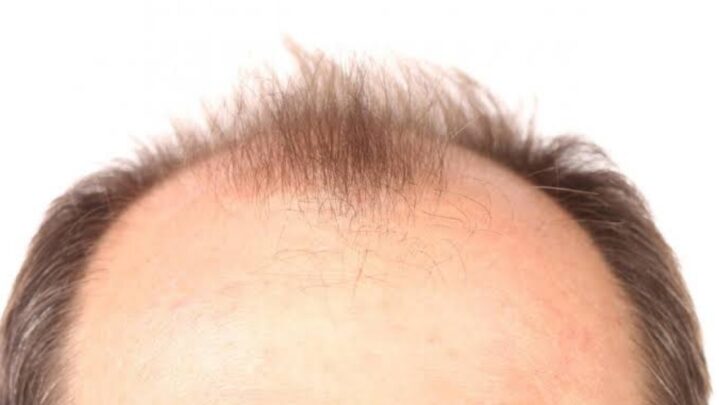Di-Hydro Testosterone (DHT):
DHT is a form of androgen hormone, a male sex hormone responsible for male sex characteristics. DHT is produced following a catalytic impact of Testosterone with the combination of 5-alpha reductase. As a result, it displays the most unusual example of hair loss in men in the form of full or partial baldness. The androgen receptors found in hair follicles respond to DHT, causing hair follicles to shrink and miniaturize, resulting in baldness. Women also have the Androgen hormone, but their severity of producing DHT is lower, which is why women are less likely to present with full baldness.
Baldness is most common in men:
In men, hair loss normally begins in the top, front, and crown areas due to androgen-sensitive areas, with the exception of the back and sides. The hair loss in these locations is complete evidence of baldness, and the back and sides of the scalp section preserve DHT-resistant hair roots that never come out, whereas women have hair thinning all over the scalp. It signifies that baldness is unique in men due to the DHT-factor (by-product), whereas females exhibit significant hair loss rather than missing hair.
Hormone-Related Hair Loss:
It is a more common issue that hair loss is caused by the influence of hormones, and some men produce more hormones than others, and some men have more Androgen receptors than others. However, hair loss happens as a result of the action of Androgen receptors found in hair follicles, resulting in shrunken hair and a different state of baldness. Hair loss affects both men and women, but the Testosterone role in the situation makes it more unusual in men than in women. Men began to develop hair loss symptoms in their teens and early twenties, whereas women endure serious hair loss after menopause.
Also Read: 5 reasons why baldness is caused





